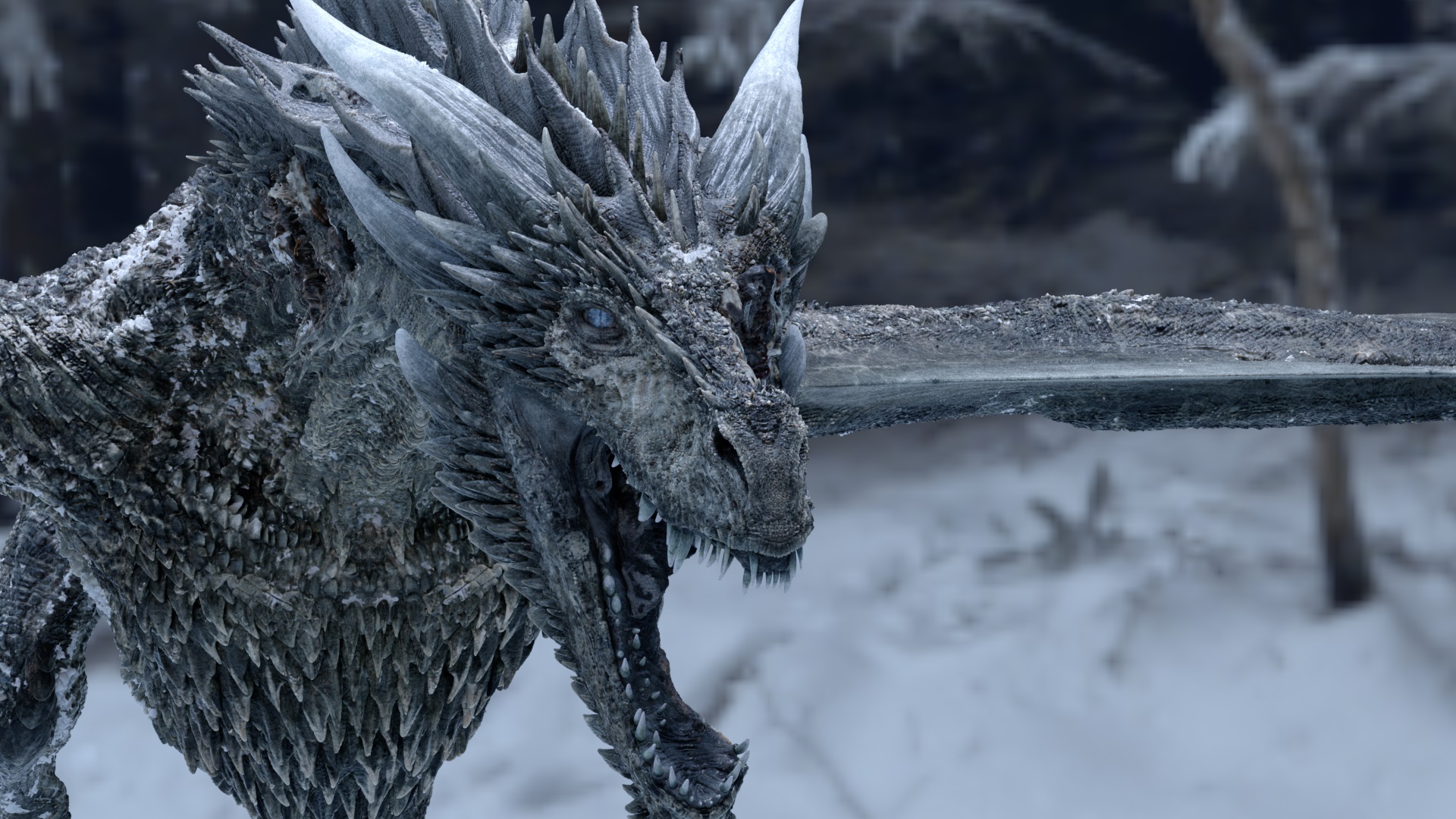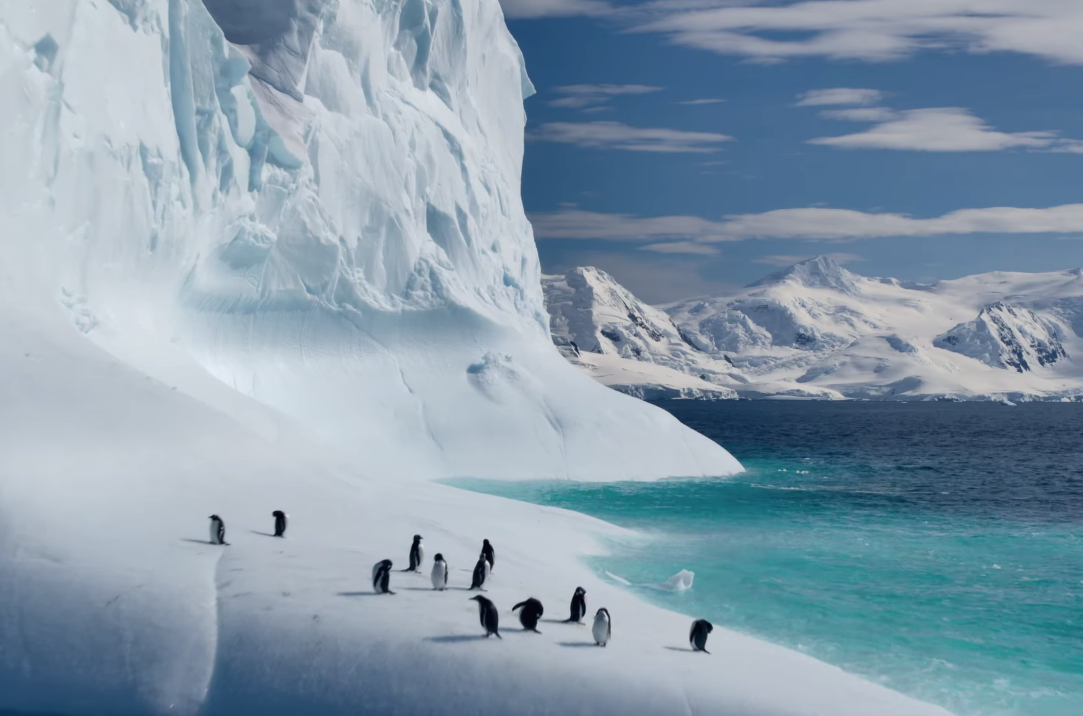Dragons and Wights were escalated in “The Battle of Winterfell,” while the Netflix docu-series leveraged climate change and Dolby Atmos for a dynamic soundscape.

The powerful sounds of destruction and survival were integral to both HBO drama series “Game of Thrones” and Netflix docu-series “Our Planet.” Whether it was the epic warfare involving Dany’s three dragons (Drogon, Viserion, and Rhaegal) or the insurmountable army of the undead (the Wights and White Walkers), “Game of Thrones” upped its Emmy-winning soundscape for “The Battle of Winterfell” from Episode 3’s “The Long Night.”
Meanwhile, Netflix’s docuseries leveraged the impact of climate change and the immersive strength of Dolby Atmos to deliver a wide range of dynamic sounds, including seabirds carpet-bombing the ocean, a scared baby flamingo getting left behind, and the massive ice carving of a melting glacier in Greenland for Episode 1’s “One Planet.”
“‘The Battle of Winterfell’ was an extreme challenge to come up with unique sounds that still fit the palette, given a whole new scope and different level of threat,” said “Game of Throne’s” sound editor Tim Kimmel. “We let the audience know that these people had no chance against this massive army of the dead.”
Extending the vocal range of the dragons was a top priority. But this marked a first for such prominent screen time together in the same episode, with Viserion fighting as part of the undead. “One tricky thing is that it’s so VFX-heavy that there are a lot of shots missing, particularly with the dragons not being completed,” Kimmel said. “We worked around that by focusing on the Wights and then going back and updating as shots come in.”

“Game of Thrones”
HBO
Vocally, the Wight Viserion had a different vocal range that was established last season when it took out the wall. With its decomposed condition, the vocal chords have started falling apart, so sound designer Paula Fairfield provided a grittier sound that added more gravitas when attacking the other dragons and blowing blue fire. Rhaegal, meanwhile, gets damaged, requiring a fuller range of emotions; and Drogon also gets hurt when attacked by a mob of Wights.
“These dragons had to display aggression, anger, or pain, and one of the scenes we had to rework was toward the end with Dragon getting attacked,” said Kimmel. “He’s angry but also hurt. Our first pass concentrated more on the anger. It worked but it didn’t tell the story as much as we wanted. Paula took another pass and focused on pain as it tries to shake them off and fly away.”
To escalate the storming army of Wights, Fairfield stacked the main source sounds on top of each other to make hundreds seem like thousands. Added to that were the sounds of stampeding horses and cattle for low-end rumble. And while Fairfield concentrated on the closeup bone crunching noises, Kimmel and his colleagues tag-teamed the rest of the swarming bone on bone, bone on armor or shield, or armor on snow impact. “This needed a whole new size and a whole new expansion of sounds,” Kimmel said.

“Game of Thrones”
HBO
When it came to “Our Planet,” the goal wasn’t to create a grand sound design, but, rather, a naturalistic complement to the visuals, with interlinking of creatures and nature all the more perilous as a result of climate change. “The sounds had to be coordinated very closely with Steven Price’s score, so we worked things around together to find a good balance,” said Graham Wild, the re-recording mixer.
“From my point of view, ‘One Planet’ [which has been Emmy-submitted], is a really good episode because of the diversity of sounds in there,” Wild added. “And, for me,, it offered certain problems because there are a whole host of dynamics in certain bits. In addition to very loud and very quiet moments, we’ve got the absolute silence of snow covering the plateaus, followed by massive ice carving things. But also we had really noisy animals and all of that to contend with.”

“Our Planet”
Netflix
The biggest challenge was the melting glacier, with Oscar-winning composer Price (“Gravity”) arguing the case to let his score dominate the sequence with its quiet intimacy. The sound team was happy to oblige. “Steven provided separate stems for the music so we could control the effects of the ice creaks and the cracks and the bangs,” Wild said. “I love that bit where it goes really quiet with that tiny little piano note and the emotion carrying on after all of that mayhem. It’s gorgeous.”
And, with Atmos, the sound experience now becomes enhanced in the home theater. “We have so many different audiences now, listening on so many different devices, and so we sit in a big cinema-like mixing room, mixing the Atmos and listening on our telephones afterwards, checking that all the sounds are right,” Wild said. “But what the Atmos setup gives you is the ability to move you up to 7.1 +4 with the fully immersive experience. And certainly with something like ‘Our Planet,’ it’s great to have you get fully enveloped by the soundscape.”
Sign Up: Stay on top of the latest breaking film and TV news! Sign up for our Email Newsletters here.



















![[Book Review] The Blade Itself (The First Law Trilogy) by Joe Abercrombie](https://bendthekneegot.com/wp-content/uploads/2018/01/1516047103_maxresdefault-218x150.jpg)
















